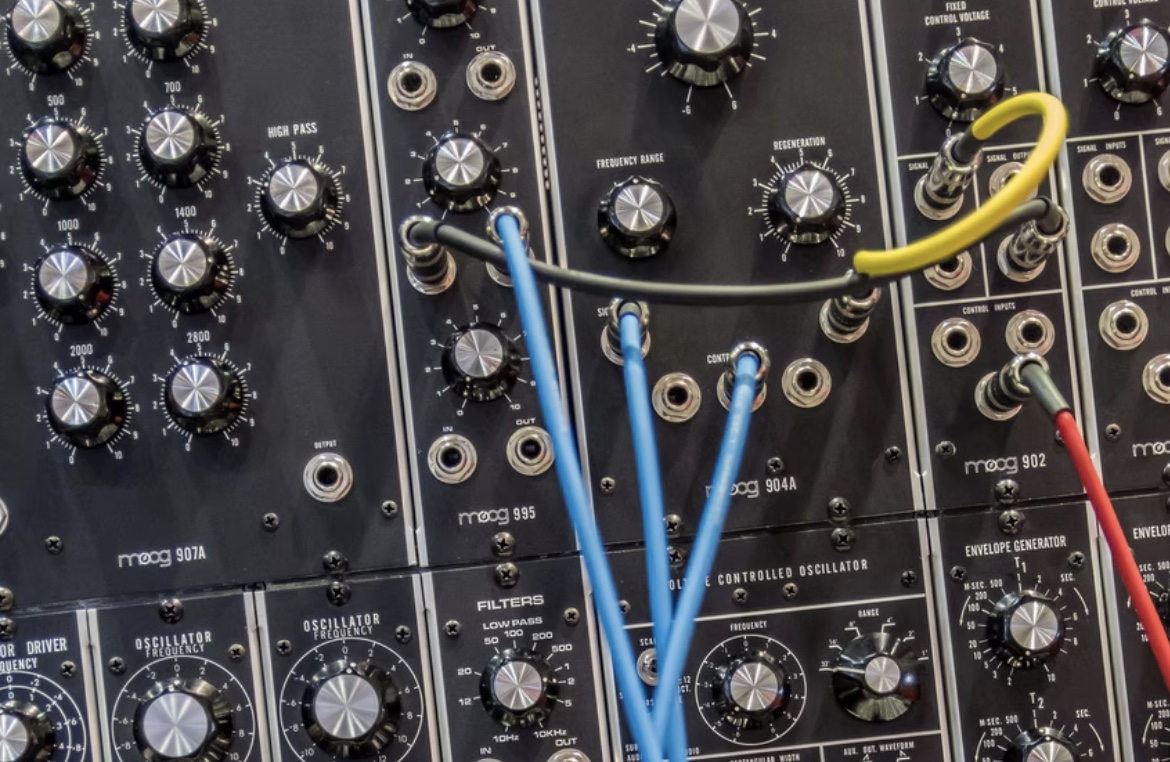Your home audio system is one of the most important pieces of equipment you will own. A properly set up audio system can provide years of listening enjoyment. This article will show you how to properly set up your home audio system.
Contents
Buy The Right Speakers
The first thing you should do when planning how to set up a home audio system is to buy the right speakers in the first place. The most common mistake made when setting up a home audio system is buying speakers that are not suited for the room size. Think about where you will be listening to your music – if it’s in a large living room, then buy larger speakers. This may sound obvious, but many people end up with smaller speakers simply because they wanted to save money.
Another thing to consider when buying speakers is the type of music you will be listening to. If you are a rock ‘n’ roll fan, then you will want powered speakers that can handle high power levels and bass frequencies. If you prefer classical music, then you will need speakers that can produce high-quality sound without distortion. Read product reviews to make sure you are getting the best quality for your money.
Check The Speakers For Imperfections
Once you have bought your speakers, it is important to check them over before setting up your home audio system. Even though you may be taking the speakers home in their original boxes, they could still be damaged inside without an external indication. Make sure to check the speaker cones for any tears or dents, and also check the wiring for any signs of damage. If you find any problems with the speakers, take them back to the store and exchange them for a new set.
Position The Speakers Correctly
Once you have your new speakers, it is important to find the best position for them. A good rule of thumb is that speakers should be roughly the same distance from any wall as they are from each other. The most important thing to remember when positioning your speakers is to avoid placing them too close together, which can result in sound leakage between the two speakers and cause a noticeable decrease in sound quality.
Once you have found a position for both speakers, it is recommended that you experiment with them in different positions. Remember that the shape of a room can have a significant effect on sound quality, so there is no one perfect place to put your speakers. Try putting them away from the wall and facing into the room, or even behind the listening position. If you have a centre speaker, try placing it above or below the television.
Setup The Amplifier
Now that you have your speakers in place, it is time to set up the amplifier. The amplifier should be placed close to the speakers, as this will minimise any signal loss and improve sound quality. If possible, try to avoid placing the amplifier in a cabinet, as this will reduce airflow and could lead to overheating.
Connect The Speakers
Once you have your amplifier in place, it is time to connect the speakers. This process will vary depending on the type of amplifier you are using, so consult your instruction manual carefully. In most cases, you will need to connect the speaker wires from the amplifier to the appropriate terminals on the back of the speakers. Connecting your speakers to your receiver using an RCA cable is usually the best option, but some systems may require you to use speaker wire instead.
Connect The Audio Source
The final step in setting up your home audio system is connecting the audio source. This could be a CD player, a turntable, or even a computer. Consult your instruction manual for more information on how to connect your specific audio source. Once everything is connected, you should be able to play music through your speakers.
Power Strips And Other Interference
One of the most important things when setting up your home audio system is to avoid sources of noise in your listening area. It is best to plug your speakers into a power strip that is on the same circuit as your audio equipment but avoid using any surge protectors or extension cords. Also, make sure there are no other appliances nearby that could cause interference with the sound, such as TVs and microwaves.

Setting up a home audio system can be a tricky task, but following these simple steps will help you to get the best sound quality possible from your speakers. By positioning the speakers correctly, connecting them correctly, and avoiding sources of noise, you can create a system that sounds great and is easy to use.
